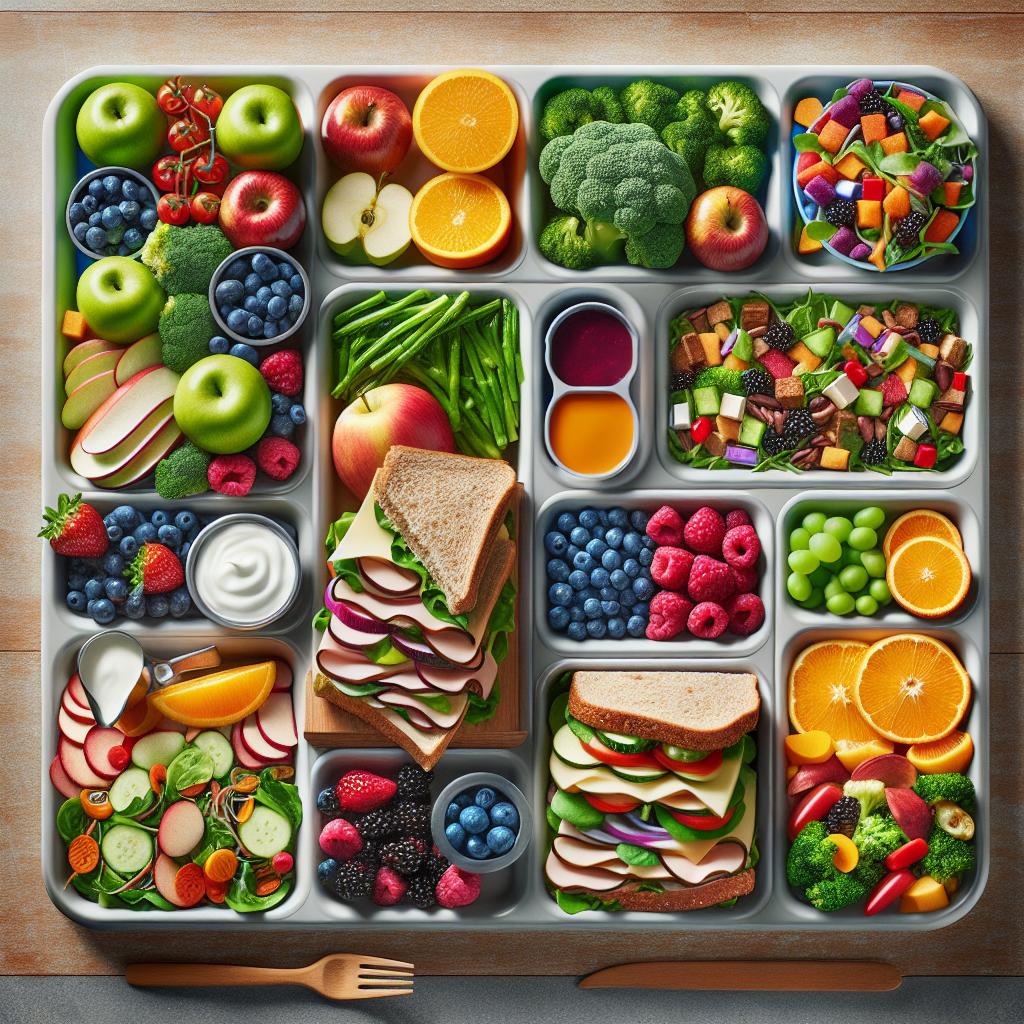

Healthy School Meals
In a recent episode, school lunches took center stage in a lively discussion that had many thinking about what’s really on their children’s plates. The spotlight was on the National School Lunch Program, a kitchen operation that has been serving meals in public schools since 1946. Over 90% of public schools participate, providing millions of meals every year – last year alone saw a staggering 4.6 billion lunches served. That’s no small feat!
Right off the bat, the host acknowledged the incredible work that goes into these lunch programs. After all, running one of these operations is often referred to as “the biggest restaurant in town.” And for many kids, school lunch is more than just a meal; it’s a crucial source of nutrition to fuel their day. “I’m not here to knock school lunches,” the host mentioned, *emphasizing that their existence is a miracle in itself*. But, it doesn’t hurt to shine a light on how they could be better.
One of the main issues pointed out was the tight budget most districts work with. The federal government does provide some financial help, but it’s not nearly enough. They put a limit of only $4 per meal to cover not just the food, but also all those other costs like equipment and staff salaries. Do the math: that leaves about $1.25 for the food itself. That makes it pretty tough for schools to serve up delicious meals when they’re stuck with such meager funds. As a result, many schools end up resorting to just heating and serving pre-made meals.
Remember when the Healthy, Hunger-Free Kids Act rolled out under the previous administration in 2010? It was all about getting kids to eat healthier. But let’s face it, not all kids were thrilled with the options. Sharing pics with the hashtag #ThanksMichelleObama became a trend, and the jokes about healthy lunches became a thing. The act did need some tweaking; for example, many students in the southwest dodged whole grain tortillas, showcasing how taste and nutrition often go head to head.
The reality is that school nutrition directors have a tough job. They must find that sweet spot between ideal meals and the ones that can actually be served under budget constraints and time limits. They might want Jamie Oliver’s dream of fresh ingredients from scratch, but when you’re feeding thousands of kids in less than 20 minutes, *expertise meets reality in a big way*.
Let’s not forget about accessibility, though. The process to sign up for a free or reduced lunch isn’t easy for everyone. There are hurdles like eligibility paperwork that might be too hard for some families to tackle—especially if there’s a language barrier or fear of stigma. In fact, some families who technically earn more than the cutoff might not even have enough to afford lunch for their kids. One Minnesota mother’s story highlighted this issue, as her son chose to skip lunch rather than let her pay a cent.
Despite all the challenges, there was a glimmer of hope when they talked about universal free meals. This kind of program means that every student gets breakfast and lunch, no questions asked. During the pandemic, there was a two-year stretch where the program ran, and it showed major success—about 1.4 million more kids participated in lunch, which significantly helped reduce hunger and even boosted academic performance.
But here’s the kicker—when the pandemic waivers expired back in June 2022, many states returned to the old rules, even though some like California and New York decided to keep universal meals. The conversation about whether the federal government should step in and bring back universal free meals sparked passionate discussion. School lunches ought to be considered essential, just like books or desks. After all, *nobody should be going hungry when it’s time for school to let out*.
It’s clear that the federal government has the power to make a significant change here. There’s no reason why any kid should be left hungry when they step out of class. Now is the time to use that power and advocate for solutions that work best for every child in America.
News Summary Tenants in Shreveport face impending water shutoffs as multiple apartment complexes struggle with…
News Summary Caddo Parish District Attorney James Stewart has filed motions in district court to…
News Summary The Business Exchange Breakfast in Shreveport showcased the importance of local businesses amidst…
News Summary Shreveport is alive with flavor and floral beauty as the 318 Restaurant Week…
News Summary In a remarkable development for Shreveport, 50 Cent has secured a 30-year lease…
News Summary An ice storm swept through parts of Ontario, causing widespread power outages affecting…